Artist in Hot Water for Trying to Starve 3 Piglets to Death as Part of Provocative Art Installation
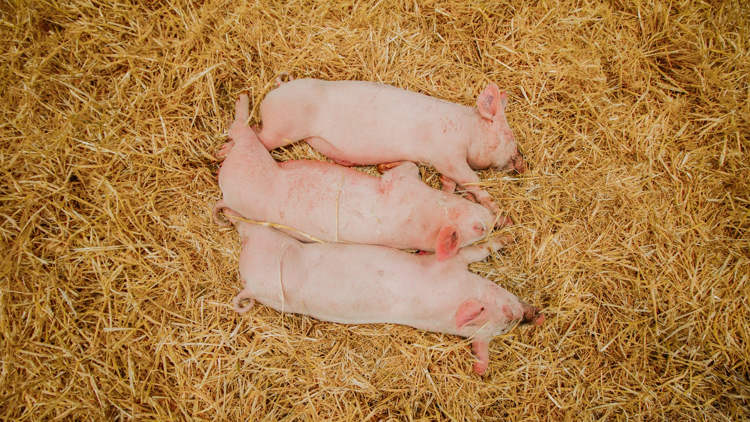
Chilean-born artist Marco Evaristti has come under fire for trying to starve three little piglets to death as part of a controversial art installation meant to raise awareness about animal welfare. Marco Evaristti sparked controversy when he originally announced plans for his “And Now You Care?” exhibition, but he really attracted criticism both from animal […]
Artist Ordered to Repay Museum $76,000 After Turning In Blank Canvases as Artworks

Danish artist Jens Haaning has been ordered to repay the Kunsten Museum in Aalborg 532,000 kroner ($76,000) after handing in two blank canvases as artworks in a project he named ‘Take the Money and Run’. In 2021, Jens Haaning, a Danish conceptual artist whose work focuses on power and inequality, was commissioned by the Kunsten […]
This Art Stinks! German Artist Paints with Cow Manure
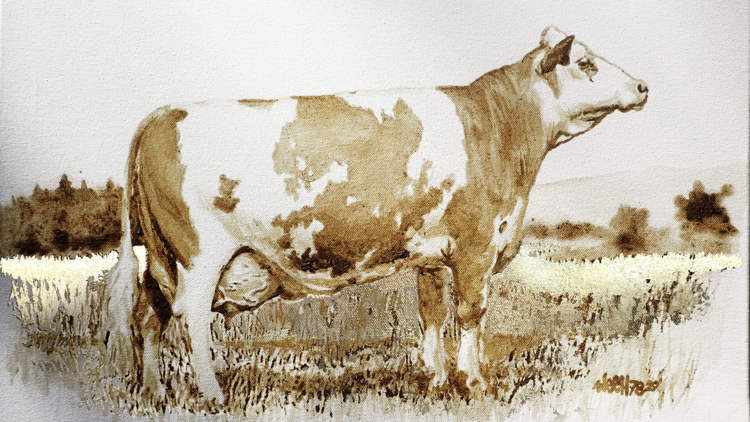
German artist Werner Härtl has carved out a truly unique niche for himself – he is currently the only known artist who uses diluted cow dung to create sepia-style paintings. Here at Oddity Central, we’ve featured some funky art mediums in the past, from the artist’s own blood as paint, to dead cockroaches as canvases […]
Controversial Artist Uses His Own Blood as Paint

Elito ‘Amangpintor’ Circa is a Filipino artist who rose to fame for using his own blood to create canvas paintings that have attracted both praise and criticism over the years. Born in a poor family that couldn’t afford to buy improper art supplies, Elito Circa experimented with a variety of unusual mediums as a child, […]
World’s Smallest Vineyard Produces Only 29 Bottles of Wine a Year And You Shouldn’t Drink Them
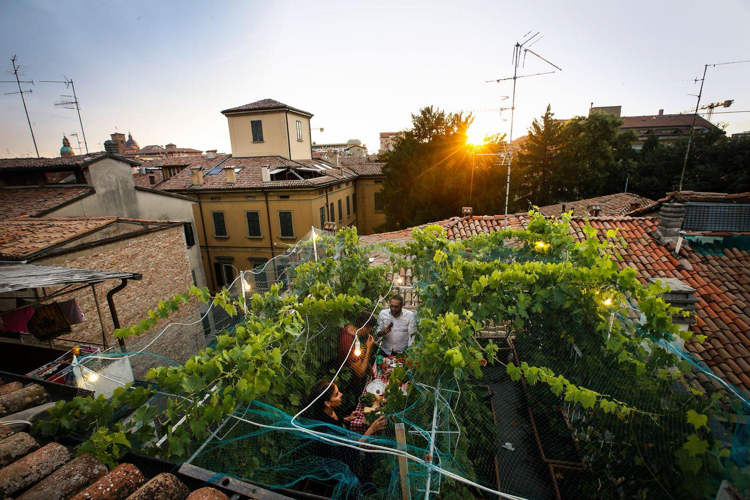
At just over 200 square feet in size and a yearly yield of 29 bottles of wine, Via Mari 10 is considered the world’s smallest vineyard. Located on the rooftop of a 16th-century palazzo in the heart of Reggio Emilia, Via Mari 10 – named after the name and number of the street – is […]
Museum Art Installation Removed for Infringing on the Rights of Flies
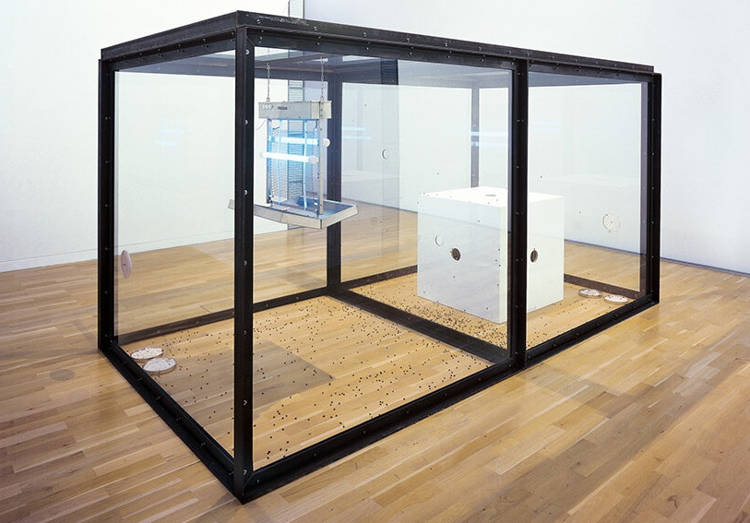
A museum in the German city of Wolfsburg recently removed a controversial art installation by English artist Damien Hirst after animal rights group PETA filed a complaint about it killing flies. Flies are generally seen as annoying pests to be exterminated or at least kept at bay, but a controversial art installation featuring a fly-killing […]
Self-Taught Artist Turns Dead Cockroaches Into Painted Works of Art
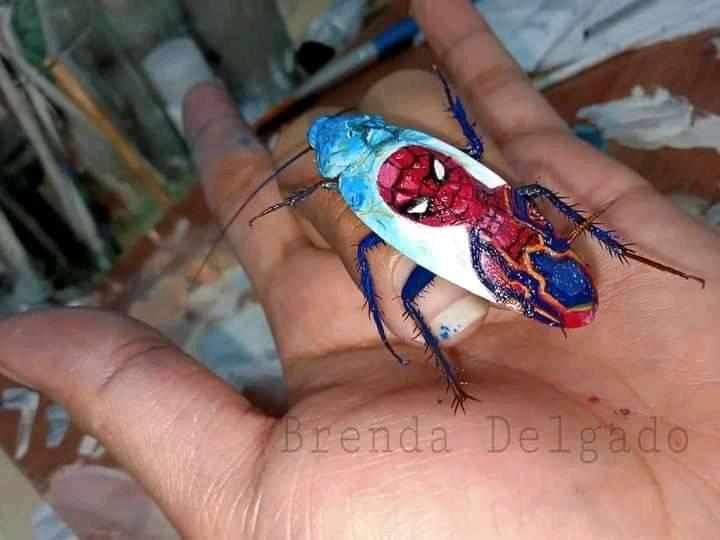
Brenda Delgado, a self-taught artist from Manila, in the Philippines, paints dead cockroaches into miniature artworks inspired by classics like Starry Night or Girl With a Pearl Earring. When it comes to unusual art mediums, it’s tough to find something more bizarre than Brenda Delgado’s choice for a canvas. The 30-year-old resident of Caloocan City […]
Controversial Artist Uses Naked Women as Paintbrushes
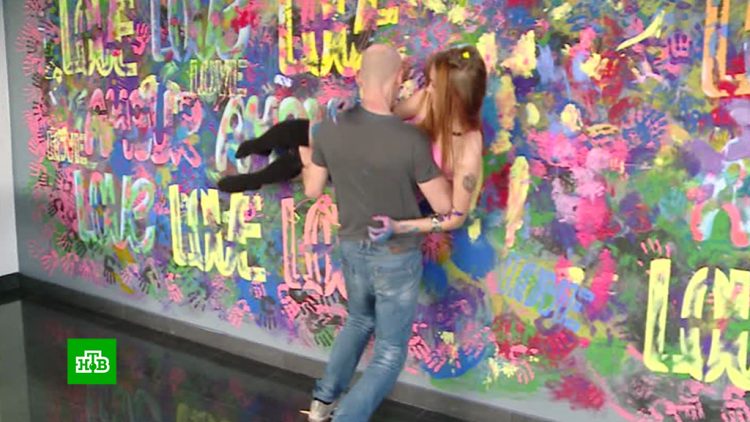
Albert Zakirov, an artist from the Russian Federation’s Tatarstan Autonomous Republic has an original, albeit controversial painting technique – he uses women’s naked bodies as his paintbrushes. Albert Zakirov started drawing and painting at an early age and spent much of his childhood preparing for art school. After studying with an excellent teacher for a […]
Gallery Removes Controversial Exhibit That Ranked 5,000 Women by Ugliness

‘Uglier and Uglier’, a controversial artwork that ranked photos and videos of 5,000 different real-life women from ugly to ugliest, was removed by a Shanghai-based gallery following public outcry. Created by male Chinese artist Song Ta, ‘Uglier and Uglier’ featured photos and clips of thousands of women on a university campus ranked by how unattractive […]
Piero Manzoni – The Artist Who Became Famous for Selling His Own Poop
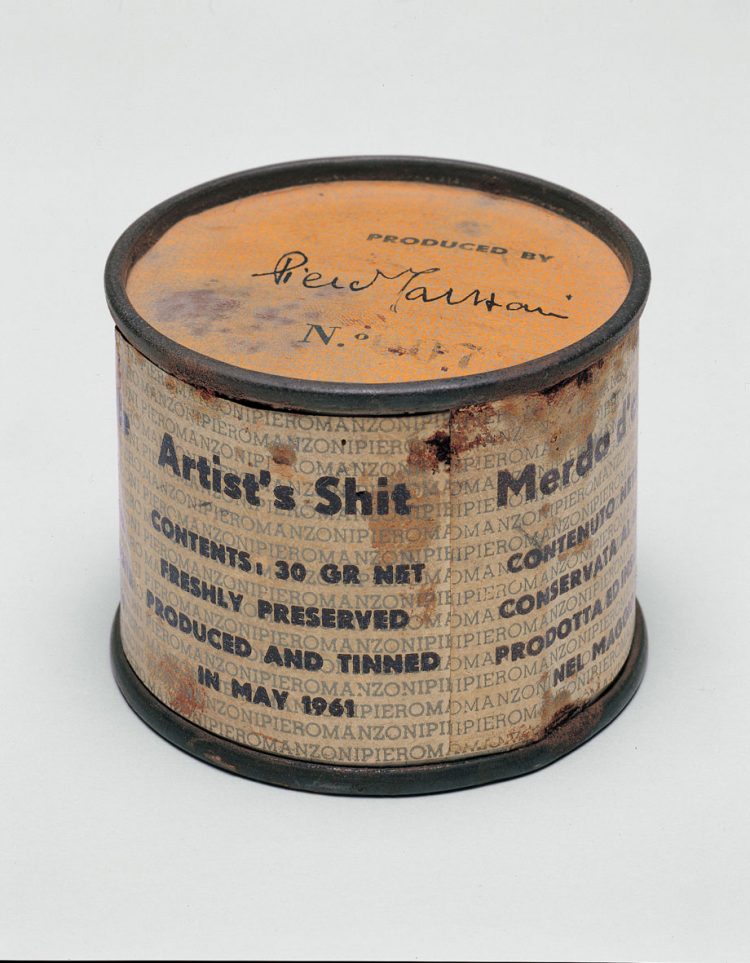
Ask anyone if they would pay anything to own another’s person’s poop, and they will most likely say “hell, no”. But everything changes when the said poop becomes a work of art. Case in point, “Artist’s Shit”, a collection of 30g tin cans allegedly containing the poop of Italian artist Piero Manzoni. Art collectors are […]
Artist Uses Her Shower Hair to Create Drawing-Like Artworks
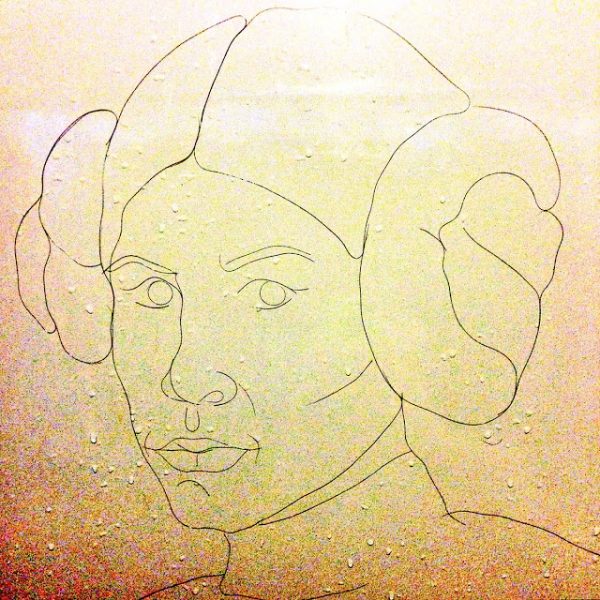
Most people let the strands of hair that fall off when their shower just go down the drain, or they throw it in the trash, but Lucy Gafford, a multimedia artist from Alabama, uses it to create detailed works of art right on her bathroom wall. The self-proclaimed “Shower Hair Master” discovered that her wet hair […]
Back-Hair Art – Man Uses Bushy Back as a Canvas for Art
Meet Mike Wolfe, the man who has not only embraced his bushy back, but also uses it as a means of creative expression. He comes up with quirky designs and gets his old friend Tyler Harding to ‘manscape’ them into his back hair every few months. Up until a few years ago, Mike, like millions of […]
Man Turns Decade-Worth of Fingernail Clippings into What He Calls Art
45-year-old Mike Drake has been doing something bizarre in the name of art for over a decade – he’s been collecting all his fingernail clippings, stuffing them in paperweights, and selling them for $300 to $500 apiece! The Queens resident started the strange practice 11 years ago: “I used to bite my nails, and I wondered how […]
Meet the Man Who Sees Art in Cheetos Cheese Curls
Andy Huot, a mechanical engineer from Louisville, Kentucky, spends his free time looking for recognizable shapes in bags of Cheetos Cheese Curls. Over the past year, he has spent hours opening bag after bag of the high-calorie snack, examining each nugget of puffed corn with the concentration of a museum curator. He takes photographs of […]
Meet Ai Hasegawa, the Woman Who Wants to Give Birth to a Shark

With a population nearing nine billion people and food shortages becoming increasingly problematic, the human race needs sustainable solutions if it wants to survive. Japanese designer Ai Hasegawa has come up with a very controversial approach to solving environmental and food-related issues – the possibility of women giving birth to various animal species and eventually […]
